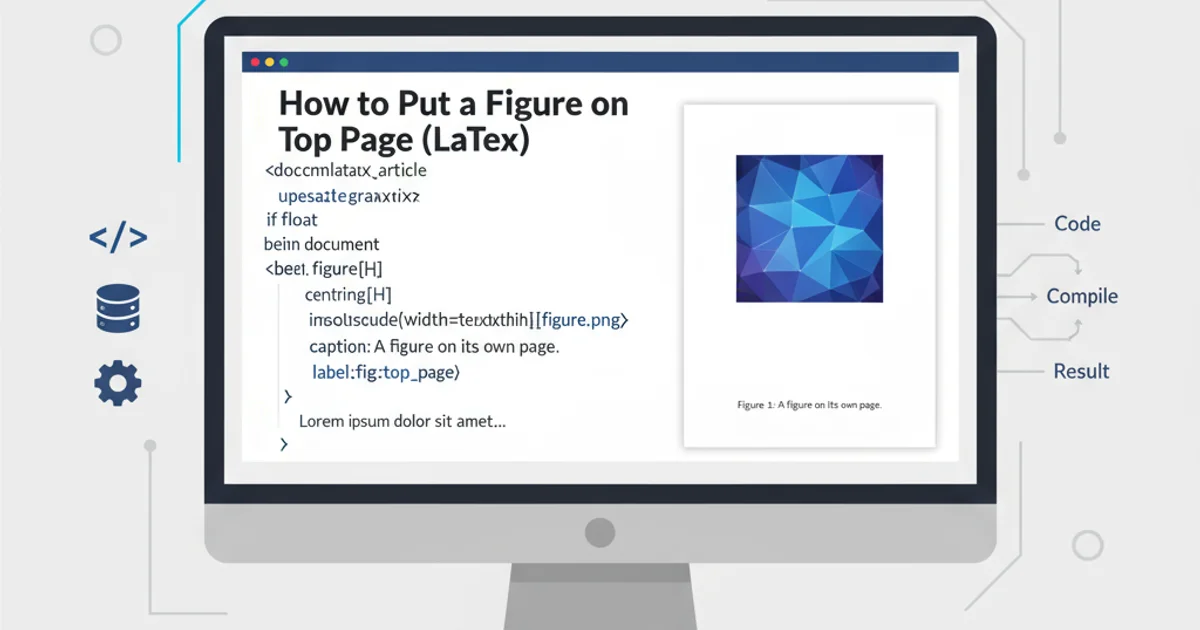Download Link not working in html
Categories:
Troubleshooting Download Links in HTML and PHP

Learn common reasons why download links fail in HTML and PHP, and how to implement robust solutions for reliable file delivery.
Download links are a fundamental part of many web applications, allowing users to retrieve files such as documents, images, or software. However, it's not uncommon for these links to mysteriously stop working, leading to frustration for both users and developers. This article will explore the most frequent causes of non-functional download links in HTML and PHP environments and provide practical solutions to ensure your files are delivered successfully.
Common Pitfalls: Why Your Download Link Might Be Broken
Several factors can prevent a download link from working as expected. Understanding these common issues is the first step towards debugging and fixing the problem. These often include incorrect file paths, server configuration issues, improper HTTP headers, or client-side browser restrictions.
flowchart TD
A[User Clicks Download Link] --> B{Is File Path Correct?}
B -- No --> C[Error: File Not Found (404)]
B -- Yes --> D{Are Server Permissions Set?}
D -- No --> E[Error: Access Denied (403)]
D -- Yes --> F{Are HTTP Headers Correct?}
F -- No --> G[Error: Browser Displays Content/Corrupt File]
F -- Yes --> H[File Download Initiated]Flowchart of common download link failure points
error_log, Nginx error.log) when troubleshooting download issues. They often contain valuable clues about file access problems or PHP execution errors.Implementing a Robust PHP Download Script
For secure and reliable file downloads, especially for files outside the web root or requiring authentication, a PHP script is often the best approach. This allows you to control access, set appropriate headers, and handle various file types gracefully. The core idea is to read the file and output it to the browser with specific HTTP headers that instruct the browser to download it.
<?php
// Ensure no output is sent before headers
ob_clean();
flush();
$file = 'path/to/your/file.pdf'; // Absolute or relative path to the file
$filename = basename($file); // Suggested filename for the download
if (file_exists($file)) {
header('Content-Description: File Transfer');
header('Content-Type: application/octet-stream');
header('Content-Disposition: attachment; filename="' . $filename . '"');
header('Expires: 0');
header('Cache-Control: must-revalidate');
header('Pragma: public');
header('Content-Length: ' . filesize($file));
readfile($file);
exit;
} else {
http_response_code(404);
echo 'File not found.';
exit;
}
?>
Basic PHP script for forced file download
This PHP script sets several crucial HTTP headers:
Content-Description: File Transfer: General header for file transfers.Content-Type: application/octet-stream: Tells the browser the content is a binary stream, prompting a download dialog. For specific file types, you can use their respective MIME types (e.g.,application/pdf,image/jpeg).Content-Disposition: attachment; filename="...": This is the most important header, forcing the browser to download the file and suggesting a filename.Expires: 0,Cache-Control: must-revalidate,Pragma: public: These headers prevent caching, ensuring the file is always downloaded fresh.Content-Length: Specifies the size of the file, allowing the browser to display a progress bar.
HTML Link Integration and Best Practices
Once your PHP download script is ready, you'll link to it from your HTML. It's also important to consider security and user experience when setting up your download links.
<!-- Basic link to the PHP download script -->
<a href="download.php?file=document.pdf">Download Document</a>
<!-- Example with a specific file parameter -->
<a href="download.php?file=reports/monthly_report_2023.xlsx">Download Monthly Report</a>
<!-- Direct link for files within web root (less secure for sensitive files) -->
<a href="files/image.jpg" download>Download Image Directly</a>
HTML examples for linking to download resources
$_GET['file'] parameter to ensure it points to an allowed file within a designated directory.1. Verify File Path and Permissions
Double-check that the file specified in your PHP script or HTML href attribute exists and that the web server has read permissions for that file and its containing directory.
2. Test HTTP Headers
Use browser developer tools (Network tab) to inspect the HTTP response headers when you click the download link. Ensure Content-Type is application/octet-stream (or correct MIME type) and Content-Disposition is attachment.
3. Check for Output Before Headers
Ensure no whitespace, HTML, or echo statements are sent to the browser before the header() calls in your PHP script. This can cause 'headers already sent' errors. ob_clean() and flush() can help, but preventing early output is best.
4. Sanitize User Input (PHP)
If your PHP script takes a filename from a URL parameter (e.g., $_GET['file']), implement strict validation to prevent malicious path manipulation. Map user-friendly names to actual file paths on the server.